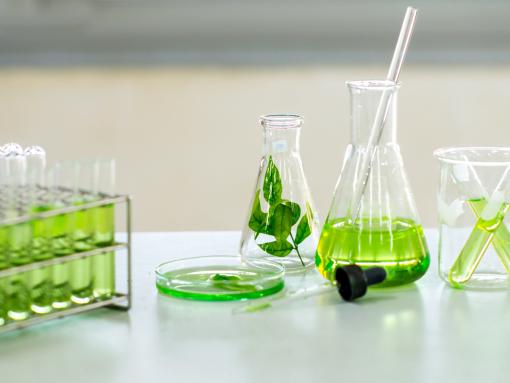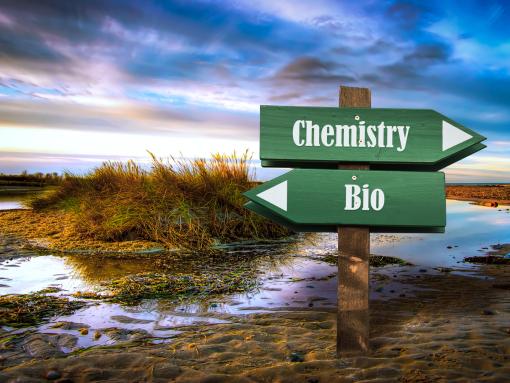How do we prepare for, and respond to, a world where biocontrol agents are not only discovered in nature but increasingly designed, while navigating a regulatory system that is still evolving?
This future isn’t hypothetical, it’s already here.
Biocontrol innovation is shifting from discovery to design: from naturally occurring extracts and microbes to engineered peptides, bacteriophages, and RNA-based technologies. These products mimic or enhance nature’s mechanisms but are increasingly built through synthetic biology and precision design.
The science is racing ahead; the framework is still catching up.
European institutions are starting to acknowledge this reality. The IBMA Framework Proposal (2025) calls for a dedicated Biocontrol Regulation and a European Biocontrol Agency – a “one market, one assessment” vision that could finally replace today’s fragmented zonal system. The European Commission and Parliament are exploring how to define biocontrol in law. These are important signals, but transformation takes time.
In the meantime, innovators are moving faster than policy.
New biologically inspired technologies challenge not only existing data requirements but also our definitions of what counts as 'biological' versus 'biotechnological'.
Future regulation will need to evolve beyond classification – towards adaptive governance that considers how these agents are designed, characterised, and understood.
At Blue Frog Scientific we help clients bridge innovation and interpretation. We translate modern biology into regulatory reasoning, ensuring that good science is understood, trusted, and ready for approval.
If design-based biocontrols are already here, how quickly can Europe evolve its framework to keep pace?




